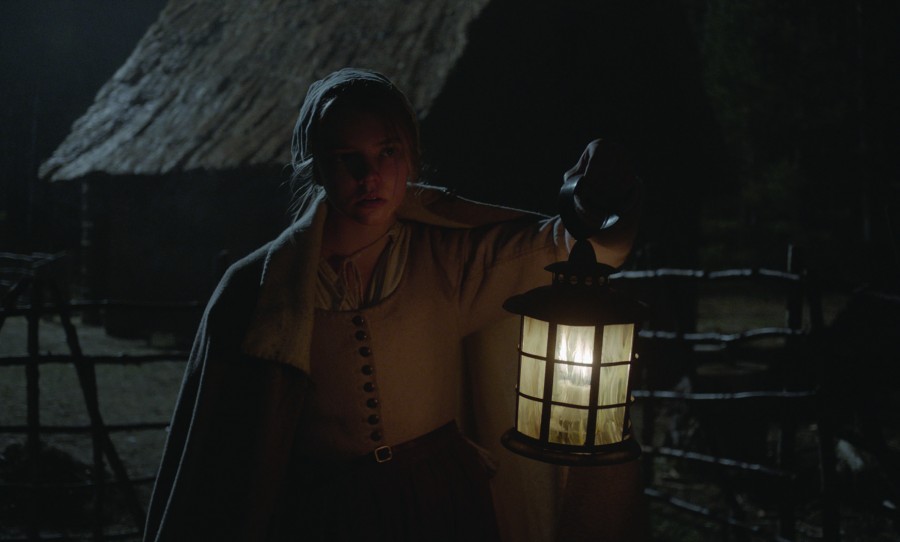Sundance review: The Witch
The Witch star, Anna Taylor-Joy
Americans will never agree on what the scariest period of our history is. Both World Wars were violent and bloody, but they helped us become a world power. The Cold War had the nation’s children hiding under school desks to survive nukes. The Civil Rights movement only scared people who were afraid of change. For director Robert Eggers, of the U.S. Dramatic Competition winning film The Witch, the true terror of our nation happened before we even signed our Constitution.
The Witch takes place in colonial, Puritan America. A family is banished from their home because of the father’s arguments with religious leaders. Leaving the safety of the walls of the plantation, the father, mother, eldest daughter, eldest son, twins and baby must stake a claim in the wilderness. Anyone who took a high school language arts class and read The Scarlet Letter should know that Puritans believed that the Devil lived in the woods.
The film ramps up in intensity when the baby disappears mid peek-a-boo. That is the last of the baby seen by the family, but not for the viewer. There is no forgiveness for the family in the woods, and the baby is sacrificed and put in a butter churn. From then on, there is no rest for the viewer, since we know that they can be taken and killed at a moment’s notice. This made the times when they were in the woods so much more intense.
I won’t give away anything else, but the baby’s death is the catalyst for the rest of the movie. The eldest daughter is blamed and accused of being a witch, despite being the only pure character. The rest of the family has their sins, the father is proud, the mother will not forgive, and the son lusts for his sister.
Eggers spent five years researching and writing the script, painstakingly recreating 17th century speech, clothes and a working farm. He used diaries and encyclopedias of the time to learn every detail of Puritan life to pull viewers into their world, where there was no gun wielding hero, no cell phones for 911, and no escape from their sins. This is a world that is dark and gray and the only light for Puritans was God, but for a family kicked out, they were outside of the walls and outside of God’s sight.
If I had complaints about the film, it would be the volume and constant use of violins to build suspense. Every few minutes the violins would start getting louder and louder until someone was dead or just a scene transition. The jump scares got a little tiring, but some of them were so unexpected that I can forgive them.
The best part of the film for me was the slow, gut wrenching horror of some of the scenes. The buildup of dread made me feel sick in the way a good horror movie should. When he wanted to, Eggers showed the audience what we did not want to see. Where other horror movies would turn away and let us imagine, he made us watch.

Alexander Rose is a Managing Editor of The Hawkeye.
Alex was born in Tampa, Florida. He lived in Honduras for four years then moved to Brooksville...

